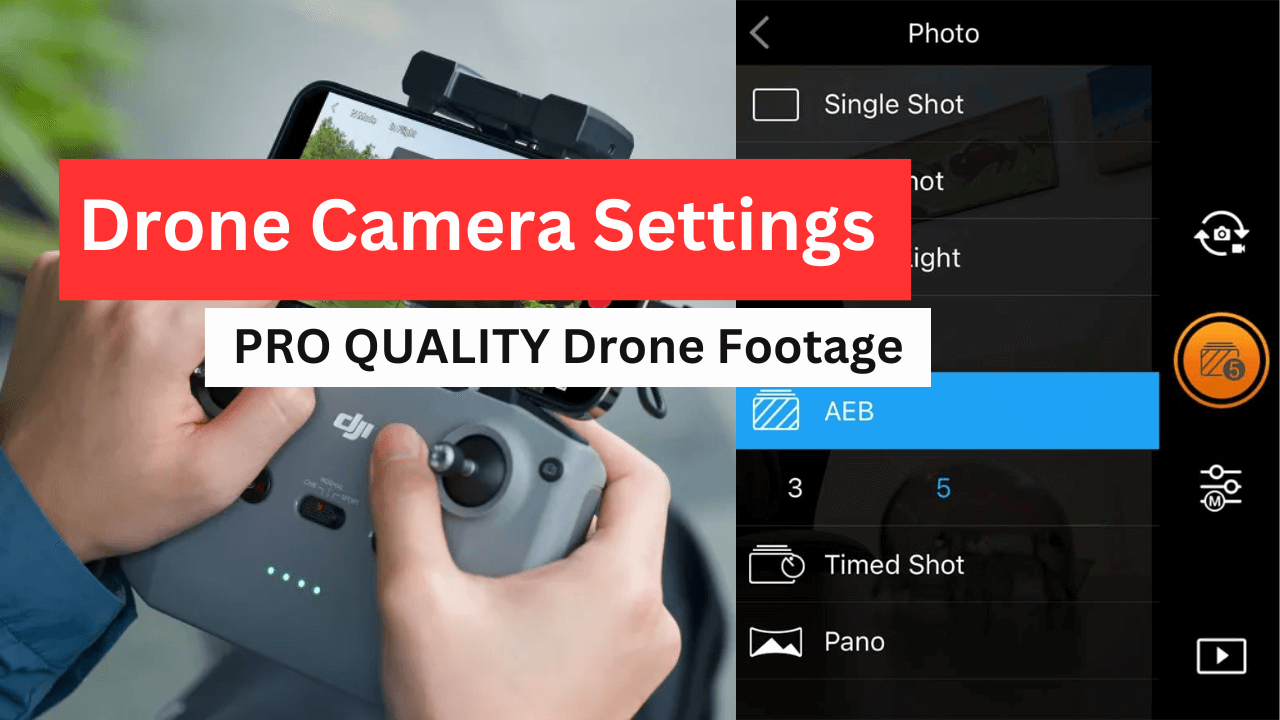What is the Best Setting for a Drone? searching the same! SMILINGLY YAA! You are on the right place because here in this article we disclosed the best drone camera setting for you, let’s checkout those hidden values and get high quality drone footages in day or even night.
Drones have taken the world by storm, becoming one of the most popular tech gadgets for both hobbyists and professionals. Whether you’re a complete beginner or an experienced drone pilot, knowing the best settings for your drone can enhance your aerial photography and videography.
Today in this guide, we’ll cover everything you need to know about getting the best settings for your drone, including the DJI Air 3 best settings and Mavic 2 Pro camera settings.
Table of Contents
Best Drone Settings for Beginners

If you’re new to drones, don’t worry! because it’s easy learn and implement all the settings. However, starting with the basics can make a big difference in your learning curve. Here are the best settings for drone beginners:
- Auto Mode – Most beginner drone pilots should start in auto mode. This mode allows the drone to handle exposure, ISO, and white balance automatically, helping you focus on controlling the drone itself.
- GPS Mode – Using GPS mode for the first few flights can help stabilize the drone, making it easier to control. It also allows the drone to return to its takeoff location in case of signal loss or low battery.
- Beginner Mode – Many drones, especially from DJI, come with a beginner mode that limits speed and altitude. This is ideal for those just starting, as it allows you to practice without worrying about losing control.
- Camera Resolution – For basic photography and videos, start with 1080p at 30fps. This is good enough for clear shots without using too much storage space.
- Gimbal Speed – Adjust the gimbal speed to a slower setting for smoother camera movements, especially when capturing cinematic footage.
Drone Settings for Night Photography
Nighttime drone photography can result in stunning images, but it requires specific settings to get the best shot like a pro photography drone pilot.
- ISO Settings – Keep your ISO between 800-1600. This will allow more light into the sensor without introducing too much noise.
- Shutter Speed – Use a slower shutter speed to capture more light, typically between 2 to 4 seconds. However, keep in mind that slower shutter speeds can introduce motion blur if the drone isn’t stable.
- Aperture – A wider aperture, like f/2.8 or f/4, will let more light in. However, be careful not to go too wide, as this can reduce the sharpness of your image.
- Manual Mode – Night photography needs more manual control, so switch out of auto mode to manually adjust ISO, shutter speed, and aperture settings.
Best Settings for DJI Air 3 and Mavic 2 Pro
For advanced drones like the DJI Air 3 and Mavic 2 Pro, optimizing your settings can take your aerial shots to the next level like a pro.
- DJI Air 3 Best Settings:
- Resolution: Shoot in 4K for the highest quality footage.
- FPS: 30fps for standard shots, but you can go up to 60fps for smoother video or slow-motion effects.
- White Balance: Set white balance to “Daylight” during the day and “Tungsten” for night shots.
- Color Profile: For post-editing flexibility, use the D-Log color profile.
- Sharpness and Contrast: Keep sharpness and contrast settings at 0 to allow for adjustments in post-production.
- Mavic 2 Pro Camera Settings:
- Aperture: Set it between f/2.8 and f/11 depending on lighting conditions.
- Shutter Speed: A good rule of thumb is to set the shutter speed to double the frame rate (e.g., for 30fps, set the shutter speed to 1/60s).
- ISO: Keep the ISO low (100-400) during the day to avoid noise and increase it slightly at night.
How to Improve Drone Flight Performance
Along with the camera settings, optimizing the flight performance of your drone is key for smoother shots and better control.
- Calibrate Sensors – Always calibrate the IMU (Inertial Measurement Unit) and compass before each flight for the best stability.
- Optimize Propeller Condition – Regularly check and clean your propellers. Damaged or dirty propellers can reduce performance and increase battery drain.
- Battery Care – Keep your drone’s battery between 20% and 80% charge. Avoid letting it drop to 0%, as this can degrade its capacity over time.
- Frequency Settings – Make sure to fly your drone on a frequency that avoids interference from other devices. Most drones offer 2.4GHz or 5.8GHz options; switch to the least congested one in your area.
FAQs on Drone Settings
What is the best shutter speed for a drone?
The best shutter speed depends on the frame rate of your video. A good rule is to set the shutter speed to double your frame rate (e.g., 1/60s for 30fps). For still photos, adjust based on lighting conditions but try to keep it fast enough to avoid motion blur (1/200s or faster).
What number should I put on my drone?
In the U.S., drones weighing more than 0.55 pounds must be registered with the FAA. You should clearly display your registration number on the drone in case of inspection.
What frequency should my drone be on?
Most drones operate on either 2.4GHz or 5.8GHz. The 2.4GHz band has a longer range but is more prone to interference, while 5.8GHz offers better performance in crowded areas. Switch to the least congested frequency for better signal strength.
How can I make my drone fly better?
Improving flight performance involves several factors: regularly calibrate your sensors, keep propellers in good condition, and avoid flying in extreme weather conditions. You can also adjust settings like flight speed and sensitivity to suit your flying style.
What is the best FPS for a drone?
For cinematic videos, 30fps is the standard. If you’re capturing fast-moving action or want to create smooth slow-motion videos, consider shooting at 60fps or even 120fps for extra fluidity.
Wrap up wordings
Whether you’re a beginner or an experienced drone pilot, understanding and optimizing your drone’s settings can drastically improve the quality of your footage. Start with auto settings if you’re new, but don’t be afraid to explore manual settings as you gain more experience. Make sure to adjust your camera and flight settings based on the conditions to get the most out of every flight.
By following these tips, you’ll be on your way to capturing stunning aerial shots and flying your drone with more confidence and control.


